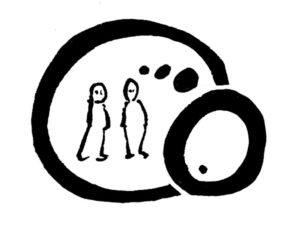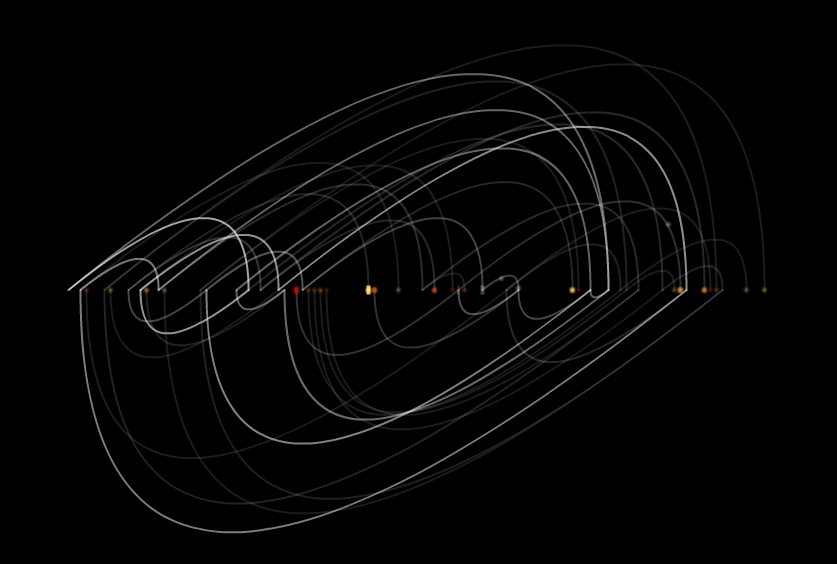Due to recent events – the public interest in Guttenberg-practice-of-quoting – I’d like to post an article on the topic which originally was published in „La réalité dépasse la fiction.“
Zitat
Zi•tat, das; von lat. citare (=herbeirufen). Ein einzelnes mediales Fragment bzw. Formelement aus einem bereits existierenden Werk, das in einer Neukontexualisierung einen Bezug zu diesem herstellt. In Wissenschaft, Juristik und Religion beliebt als legitimierende bzw. exemplifizierende Referenz, in der Ästhetik meist als Hommage oder Parodie bzw. als sicherer Plagiatsersatz für Künstler anzutreffen [siehe Marketing]. Das übliche fremdreferenzielle Zitat leistet dabei eine vernetzende sowie stabilisierende und Identität stiftende Wirkung auf kultureller, das Selbstzitat auf individueller Ebene. Insbesondere in einer zunehmend beschleunigten Welt im Wandel erhalten Zitate durch ihr Wesen der Beständigkeit und Abgeschlossenheit die Rolle von unveränderlichen Orientierungspunkten – oder zumindest als Schnappschüsse von diesen. Weiterlesen





